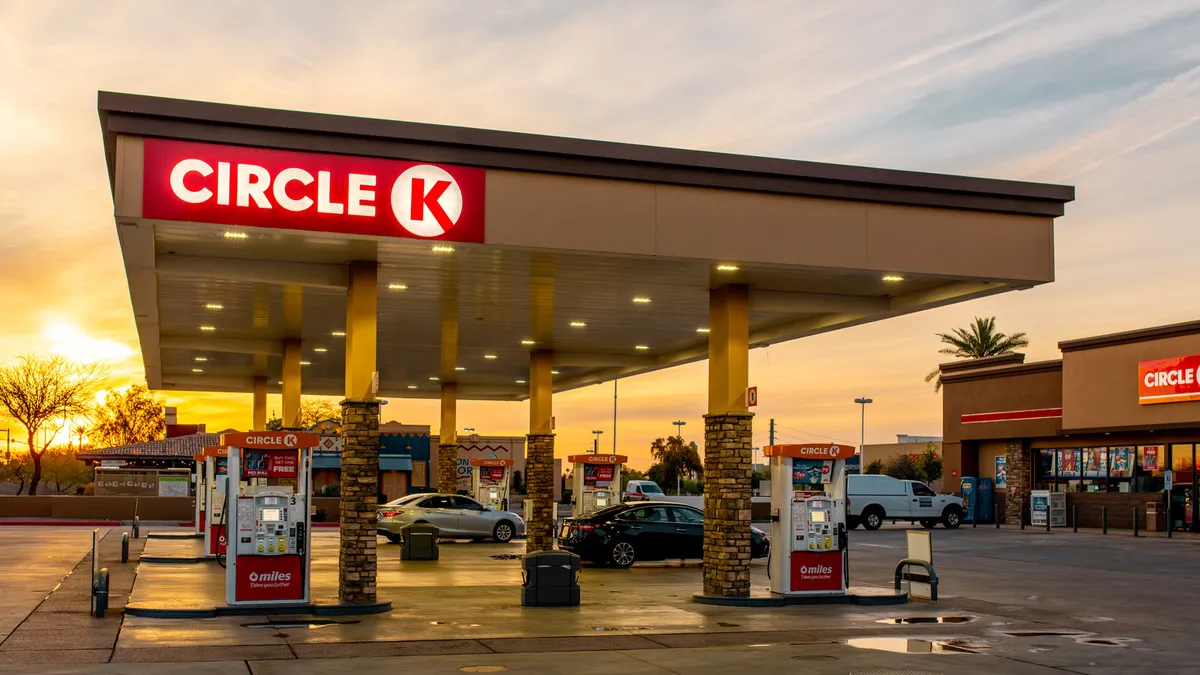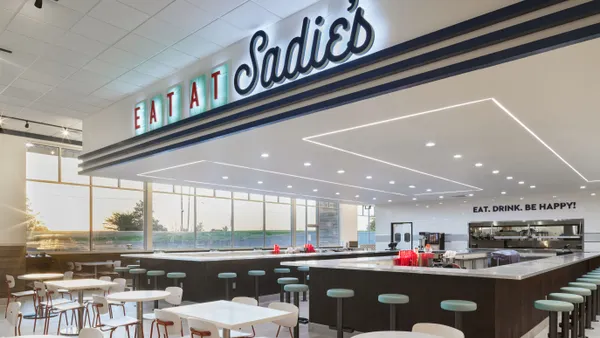Grocery stores have snagged sales of nearly 160 million bags of chips, pretzels and other snacks away from competitors year over year, and nearly 40% of that came at the expense of c-stores, according to a NielsenIQ report.
Following convenience were drug stores, which made up 29% of grocers’ unit snacking gains, and dollar stores, which made up 22%.
On the flip side, grocers lost about 60 million units to other competitors, with the majority of that going to club stores, according to the data, which tracked annual sales for the 52 weeks ended March 22.
Channels that are losing snacking units to grocery
These shifts in snack purchasing accompanied significant interest in multipack snacks, according to the report. It found that only 13% of respondents primarily bought single-serve snacks. More than 50% of them went for multipacks, while about 30% said they buy in bulk.
Overall, about a third of the shoppers surveyed said they buy snacks at c-stores, according to NielsenIQ’s data. This trails grocery stores, mass-market shops and dollar stores.
The report outlines a consumer base that’s become increasingly price-conscious and looking to save money wherever they can.
“Snacks are losing ground as consumers, squeezed by inflation, shift spending toward essentials and more purposeful food choices,” NielsenIQ said in a statement accompanying the report.
Younger generations are willing to spend more for both single- and multi-serve packs, according to the data, with Generation Z willing to pay almost twice what Baby Boomers are.
All this backs up advice from experts that c-stores should carry a variety of snack and candy pack sizes to best meet demand.
“Package size options and resealable packaging are particularly important to Gen Z and Millennial consumers, whose preferences are having a noticeable effect on confectionery,” said Christopher Gindlesperger, senior vice president of public affairs and communications for the National Confectioners Association, in April.
The report also noted that private label goods are largely viewed as on par with or better than national brands, with only 19% of respondents saying proprietary items are inferior. This comes as private label items lead national brands in snacking innovation, according to the report.
Quality also remains vital. While customers mainly try private label goods because of their price or availability, 68% of respondents noted taste as the reason they keep buying them, the report showed.













